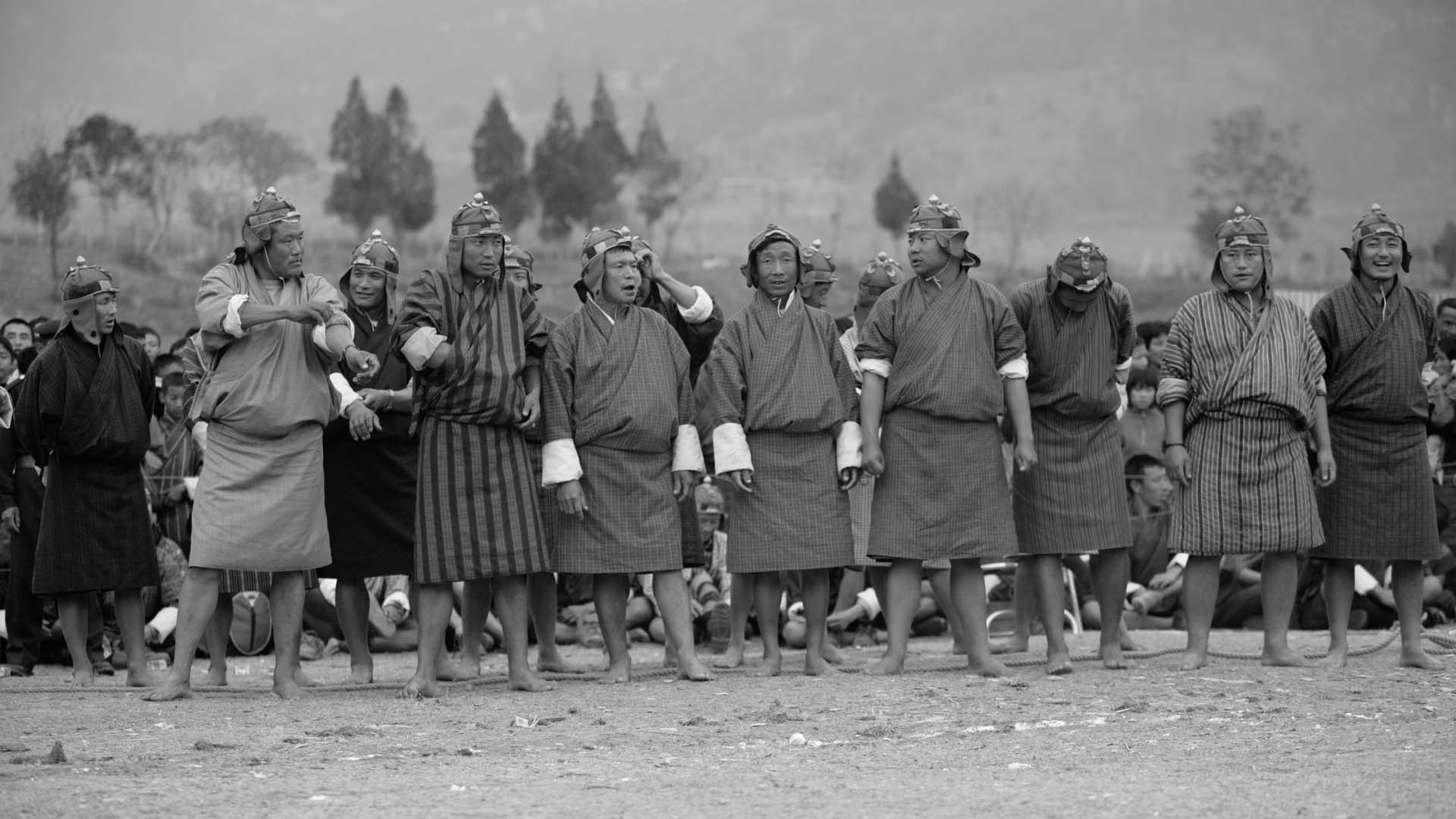Bhutan History
When it comes to Bhutan History, a few evidences show that Bhutan was inhabited as early as 2000 BC, however there are no existing records of the same. The names found in ancient Bhutanese and Tibetan religious texts state that Bhutan was known by name such as Lhomon, Monyul, Lhomon Tsendenjong, etc.
It is known that Bhutan was known as Lhomon meaning the southern land of darkness and Monyul meaning the Dark land or the land of Monpas. Historians have theorized that these Monpas existed between 500 BC and 600 BC. Bhutan was named Monyul because Bhutan was considered land of darkness. It was considered so because people inhabiting this area were fierce mountain tribes who practiced Bon religion which was considered the religion of the uncivilized where animals were killed and nature was worshipped. Later on Bhutan came to be known as Lhomon Tsendenjong (Southern Mon country of Cypress). It was called so because Tibetans believed that Bhutan was the land of cypress which has great religious significance. And further it was also known by the name Lhomon Tsendenjong meaning the land of Cypress and medicinal herbs and then Lhomon Khasi meaning the southern country of four approaches. Bhutan then possibly had four passes/approaches, i.e Dungsamkha, Pagsamkha, Tagtserkha and Dalingkha covering four directions of Bhutan geographical terrains.
One of the most important aspects of Bhutan history is also about coming of Buddhism in Bhutan. During the reign of the Tibetan King Songtsen Gompo between 627AD and 649 AD, he ordered the constructed 108 temples around Tibet and Bhutan. Two of these temple were built in Bhutan thereby introducing Buddhism in Bhutan for the first time. These two temples are Jambay Lhakhang in Bumthang and Kyichhu Lhakhang in Paro.
In the 8th Century, King Sindhu Raja of Bumthang invited the Great Guru Padmasambhava to come to Bumthang to cure him from the harm caused by evil spirits. The great Guru came to Bumthang in the year 746 AD and subdued the demons causing harm to the King and thereby cured him. The King then converted to Buddhism. Thus, the Nyingmapa Buddhism started to spread in Bhutan with the construction of many Buddhist temples and monasteries around the country.
Following this a lot of early Bhutan history is not so clear as most of the record where destroyed by the fire in 1827 in Punakha, the ancient capital of Bhutan. Bhutan was divided into small patches ruled by petty rulers. These rulers were constantly fighting with each other for power and supremacy until Zhabdrung Ngawang Namgyel came to Bhutan in 1616. Before coming to Bhutan Zhabdrung Ngawang Namgyal was enthroned as the eighteenth abbot of the Ralung Monastery, the head quarters of the Drukpa Kagyu School in Tibet. Due to the political and religious turmoil in regards to the enthronement of Zhabdrung Ngawang Namgyal had to leave Tibet and came to Bhutan. soon after his arrival, Zhabdrug had to face several invasions from the Tibetans. Though it was difficult and took time, Zhandrung Ngawag Namgyal was able to unify Bhutan under one central rule through his personal and spiritual influence rather than by military force.
Zhabdrung Rinpochhe strengthened the country by setting up a strong government of the chhoesi system where Je Khenpo was responsible for the religious administration and the Desi was responsible for the political matters. The administration was further decentralized with appointment of various Penlops and Dzongpons. Zhabdrung’s greatest achievement was the creation of unique national identity such as customs, traditions, dress, ceremonies and rituals for Bhutan and the decentralization. He also built many dzongs throughout the country.
By the end of the eighteenth century Bhutan’s status as an independent state had grown. Many invasions from the northern and southern borders were driven back and Bhutan came in contact with the East India Company during the political turmoil in Cooch Bihar when Bhutanese were driven back by the British troops. Following this the Anglo Bhutanese treaty was signed on 25th April 1774 between Bhutan and British India. This was followed by a few British Indian Mission to Bhutan. The missions were; George Bogle’s Mission in 1774 to establish trade links with Bhutan, Dr. Alexander Hamilton’s Mission in 1776 and 1777 to strengthen the trade relations and to examine Bhutanese claim over Ambari Falakata and Jalpais, Samuel Turner’s Mission to Bhutan in 1783 and Kishant Kant Bose Mission in 1815 to gather information on the state of affairs in Bhutan.
In the early 1860’s, Ashley Eden was choosen by the British Indian to lead a mission to Bhutan to discuss and finalize a draft treaty. This mission a failure which worsened the relationship between British Indian and Bhutan, whereby the Duar war was fought between 1864 and 1865. This ended with the treaty of Sinchula in the year 1865.
The then Trongsa Penlop, Jigme Namgyal was becoming more powerful and the Desis were becoming powerless, some of them were able to be on throne only for a year and they were removed by a rival faction.
Another aspect of Bhutan History starts when Jigme Namgyal became the Desi in the year 1870 and was soon rivaled by the Paro Penlop in 1872. In 1873, Jigme Namgyal retired however he continued to be the most powerful. He lived in Simtokha Dzong and indirectly continued firm control over the state till his death in 1881.
The rivalry and conflicts continued till the monk body and the council of Ministers realized that the Desi system had failed to keep the unity of the country. Therefore on 17th December 1907 the monk body, the government and the representatives of the people unanimously elected Sir Ugyen Wangchuk as the first Hereditary King of Bhutan.

